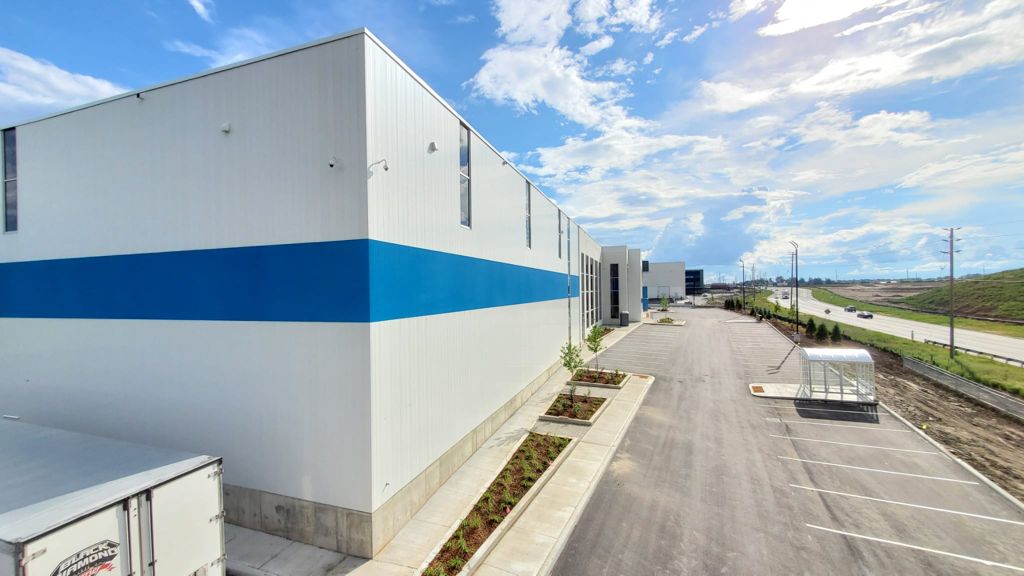Stucco and Thermal CorkShield are both popular choices for exterior coatings in house construction and renovation. Let’s compare the two, highlighting their respective pros and cons, as well as their long-term benefits:
Stucco: Pros:
- Durability: Stucco is known for its durability and ability to withstand harsh weather conditions, including wind, rain, and sunlight.
- Fire Resistance: Stucco is fire-resistant, providing an added layer of safety to your home.
- Low Maintenance: Once applied, stucco requires minimal maintenance, typically needing only occasional cleaning to maintain its appearance.
- Aesthetic Appeal: Stucco offers a classic, textured finish that can enhance the architectural beauty of a home.
Cons:
- Limited Insulation: Stucco provides minimal insulation properties compared to other materials, potentially leading to higher energy costs for heating and cooling.
- Susceptible to Cracking: Over time, stucco may develop hairline cracks due to settling or temperature fluctuations, requiring repairs to maintain its integrity.
- Prone to Staining: Stucco can be susceptible to staining from dirt, mold, or mildew, which may require more frequent cleaning to preserve its appearance.
Long-Term Benefits of Stucco:
- Durability: With proper installation and maintenance, stucco can last for several decades, providing long-term protection for your home.
- Classic Appearance: Stucco’s timeless aesthetic can increase curb appeal and potentially enhance property value over time.
Thermal CorkShield: Pros:
- Superior Insulation: Thermal CorkShield offers excellent thermal insulation properties, helping to regulate indoor temperature and reduce energy consumption for heating and cooling.
- Elasticity: Thermal CorkShield is flexible and resistant to cracking, making it more durable and long-lasting compared to traditional stucco.
- Sustainable: Made from natural cork, Thermal CorkShield is an environmentally friendly option that contributes to sustainable building practices.
- Breathable: Thermal CorkShield allows moisture vapor to escape from the walls, preventing the buildup of mold and mildew.
Cons:
- Cost: Thermal CorkShield may have a higher upfront cost compared to stucco due to the specialized materials and application process.
- Limited Availability: Depending on your location, finding contractors experienced in applying Thermal CorkShield may be more challenging compared to stucco.
Long-Term Benefits of Thermal CorkShield:
- Energy Efficiency: By reducing heating and cooling costs, Thermal CorkShield can lead to significant long-term savings on utility bills.
- Sustainability: Choosing Thermal CorkShield demonstrates a commitment to environmental responsibility and can contribute to LEED certification or other green building standards.
In summary, both stucco and Thermal CorkShield have their advantages and drawbacks. While stucco offers durability and a classic appearance, Thermal CorkShield provides superior insulation, sustainability, and long-term energy savings. Ultimately, the choice between the two will depend on factors such as budget, climate, aesthetic preferences, and environmental considerations.








